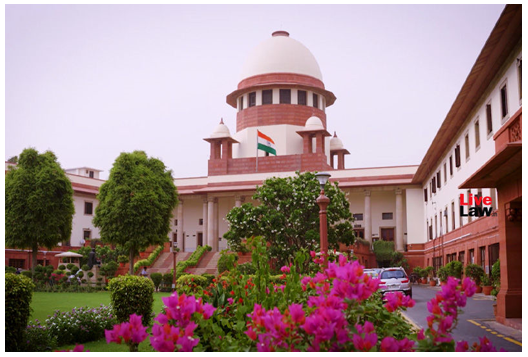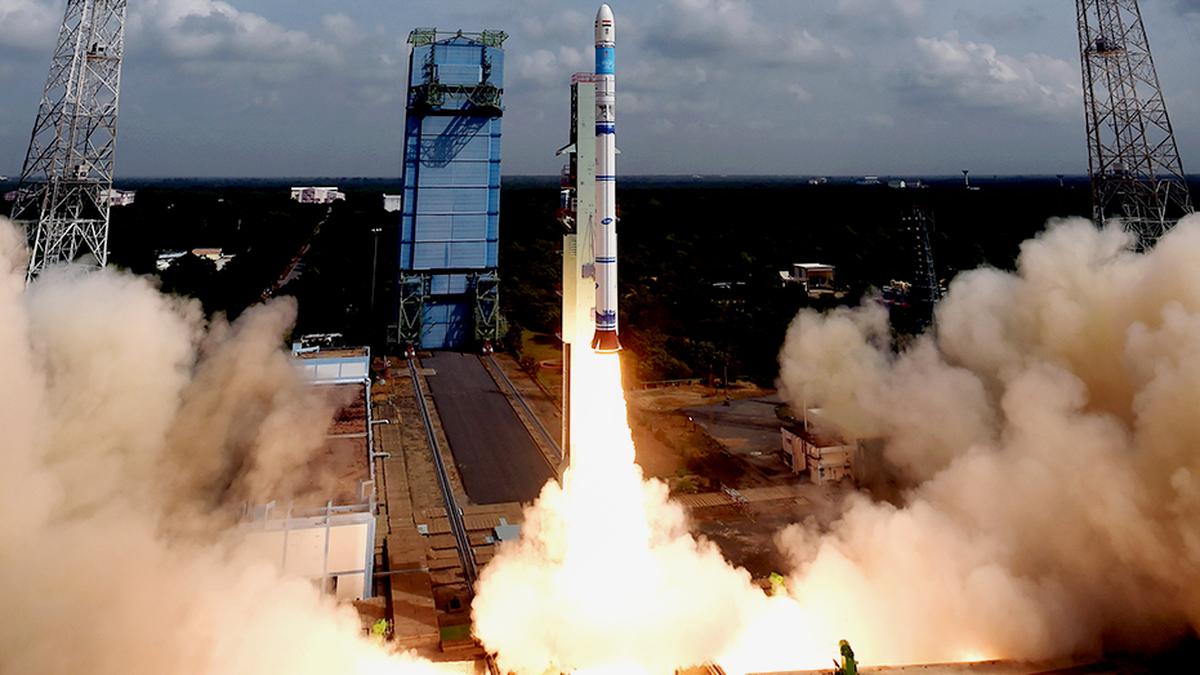- Courses
- GS Full Course 1 Year
- GS Full Course 2 Year
- GS Full Course 3 Year
- GS Full Course Till Selection
- Answer Alpha: Mains 2025 Mentorship
- MEP (Mains Enrichment Programme) Data, Facts
- Essay Target – 150+ Marks
- Online Program
- GS Recorded Course
- Polity
- Geography
- Economy
- Ancient, Medieval and Art & Culture AMAC
- Modern India, Post Independence & World History
- Environment
- Governance
- Science & Technology
- International Relations and Internal Security
- Disaster Management
- Ethics
- NCERT Current Affairs
- Indian Society and Social Issue
- NCERT- Science and Technology
- NCERT - Geography
- NCERT - Ancient History
- NCERT- World History
- NCERT Modern History
- CSAT
- 5 LAYERED ARJUNA Mentorship
- Public Administration Optional
- ABOUT US
- OUR TOPPERS
- TEST SERIES
- FREE STUDY MATERIAL
- VIDEOS
- CONTACT US
PROTECTING THE HONOUR OF NATIONAL ANTHEM
PROTECTING THE HONOUR OF NATIONAL ANTHEM
10-07-2023

Latest Context
11 men were recently sentenced to jail by the Executive Magistrate in Srinagar after being detained for allegedly refusing to stand for the National Anthem at a gathering where the J&K Lt Governor was present.
- According to the decision, there is "every likelihood" that if they are freed, they would violate the peace and disturb the quiet of the community.
- According to sections 107/151 of the CrPC, they were "bound down" for their good behaviour.
- Being "bound down" legally refers to being compelled to show up in front of the investigating officer or the court on a specific date.
- By surety or personal assurance, the accused is required to present in court.
Who is an Executive Magistrate?
- Executive and Judicial Magistrates are the two categories into which magistrates are categorised under the CrPC. The CrPC's Section 3(4) enforces the two parties' good relations.
- An Executive Magistrate (EM) is a member of the Executive branch who is empowered by both the Criminal Procedure Code (CrPC) and the Indian Penal Code (IPC).
- The state governments designate the EMs, who primarily maintain law and order while carrying out police and administrative duties.
- On the other hand, judicial magistrates make decisions about sanctions, penalties, and imprisonment while also reviewing the available evidence.
- Additionally, the High Courts have direct power over the Judicial Magistrates.
- When conducting an inquiry (CrPC Sec.116) in conjunction with preserving peace and order (CrPC Sec.107), EMs occasionally take on judicial-type powers.
What do you mean by Section 107 and Section 151 of CrPC?
-
Section 107:
- When an EM learns that someone has disrupted (or is likely to disturb) the peace or tranquilly of the public, s/he may ask that person to demonstrate why they should not be required to sign a bond for upholding the peace (for a maximum of one year).
- Any EM may take such action as long as one (or both, if applicable) is within his or her purview:
- The area where a breach of peace like that is most likely to happen.
- The person who is most likely to cause trouble.
-
Section 151:
- To stop the committing of crimes that are punishable by law, it allows for the arrest.
- It permits a police officer to make an arrest without a warrant or a magistrate's instructions if they learn that someone is about to commit one of these offences.
- However, unless further orders (or any other legislation) specify otherwise, they cannot be detained for more than 24 hours.
Facts about the National Anthem of India
- Rabindranath Tagore's composition is one of India's national emblems. The song celebrates India's cultural history and displays patriotism and commitment to the motherland.
-
Origin:
- The national anthem was originally played by Tagore on December 27, 1911, in a meeting of the INC in Calcutta.
- Subhash Chandra Bose sang it once more in 1941, however he used a significantly modified rendition of the song that he termed "Shubh Sukh Chain."
-
Evolution and Adoption:
- The first national anthem, "Bharoto Bhagyo Bidhata," was composed by Tagore in Bengali. It was then revised and translated as "Jana Gana Mana."
- On January 24, 1950, it was formally accepted as the country's anthem by Dr. Rajendra Prasad, the president at the time.
What measures are taken to protect the national anthem's honour?
-
Article 51 (A):
- It is one of the fundamental duties of Indian citizens.
- Each and every Indian citizen has a duty to preserve the institutions and principles of the Constitution, as well as the National Anthem and Flag.
-
Prevention of Insults to National Honour (PINH) Act, 1971:
- According to the Act, violating the laws on the national anthem and its limits would result in severe penalty.
- The accused may get a fine or a sentence of up to three years in jail.
-
National Anthem Code of Conduct:
- According to its provisions, the audience must stand to attention whenever the National Anthem is performed or played.
- Although it is customary for the audience to stand for the playing of the National Anthem during newsreels and documentaries, this is not required.
- Additionally, it includes a schedule of when the National Anthem will play in either its shortened or extended form.
What are the SC's views on respecting the National Anthem?
-
Bijoe Emmanuel & Ors vs State of Kerala & Ors. (1986):
- The Supreme Court (SC) established the law in this issue on alleged disrespect for the National Anthem.
- Three youngsters from a Christian sect were given protection by the SC after it was stated that making them perform the national anthem violated their basic right to freedom of religion (Article 25).
- Before the Kerala High Court, their parents argued that the Jehovah's Witnesses sect of Christianity only allowed worship of Jehovah (the Hebrew word for God). They may stand up in respect, but they couldn't sing since the song is a prayer.
- According to the SC, politely standing up but refraining from singing does not interfere with those gathered to sing the National Anthem or cause any disruptions. Therefore, it does not violate the PINH Act of 1971.
-
Shyam Narayan Chouksey vs Union of India (2018):
- The Supreme Court (SC) issued an interim decision directing that all Indian movie theatres play the National Anthem before the start of the film and that everyone in the theatre must stand up in 2016 while hearing the same case.
- The SC changed its order, stating that "Playing of the National Anthem prior to the screening of feature films in cinema halls is not mandatory, but optional or directory" in its final ruling on the issue in January 2018.
Must Check: IAS Coaching Centre In Delhi



